Top Image: Kinderdorf Pestalozzi. Linocut by Otto Schmid, 1948. Courtesy of Stiftung Kinderdorf Pestalozzi.
The conclusion of the Second World War in Europe brought in its wake the largest movement of peoples and populations in European history. Eleven million individuals, families, former soldiers and forced laborers, death camp and death march survivors were on the move. This multitude of refugees in 1945 joined millions of others who had been uprooted earlier, fleeing new or ancestral homes as the fighting across the continent reached new levels of intensity and violence. Along with the innocent victims who found themselves in harm’s way, millions of German settlers who had flooded the “new” German lands in Eastern Europe in the aftermath of the Nazi conquests of 1939 and 1940 were rapidly being forcibly expelled; in June 1946, at the rate of 14,000 people per day. Regardless of where civilian sympathies and loyalties might have lain, precious few of these expulsions, evacuations, or population transfers went peacefully.
Across a war-devastated continent, European states concerned themselves with the condition of their own countrymen and with the tasks of rebuilding and reconstruction, having little resources or compassion to spare for newly arrived wanderers. To deal with the plight of millions of starving, sick, traumatized, and penniless war-victims, the Allies set up the United Nations Relief and Rehabilitation Administration in 1943. Networks of Displaced Persons (DP) Camps were established across Europe to temporarily house and feed refugees, however, the debate over next steps—namely, where and how to resettle or repatriate refugees safely—dragged on for years.
An August 1945 study carried out by the US Representative on the Intergovernmental Commission on Refugees, Earl Harrison, revealed the harsh conditions often found in many DP Camps. Following a tour of 30 camps, Harrison reported frankly on what he found:
“Generally speaking…many Jewish displaced persons and other possibly non-repatriables are living under guard behind barbed-wire fences, in camps of several descriptions (built by the Germans for slave-laborers and Jews), including some of the most notorious of the concentration camps, amidst crowded, frequently unsanitary and generally grim conditions, in complete idleness, with no opportunity, except surreptitiously, to communicate with the outside world, waiting, hoping for some word of encouragement and action in their behalf…there are many pathetic malnutrition cases both among the hospitalized and in the general population of the camps…there is a marked and serious lack of needed medical supplies.”
The most absorbing worry of these Nazi and war victims concerns relatives, wives, husbands, parents, and children. Most of them have been separated for three, four, or five years and they cannot understand why the liberators should not have undertaken immediately the organized effort to reunite family groups.
Following the Harrison Report, President Harry S. Truman ordered General Dwight D. Eisenhower to immediately improve camp conditions. However, progress was slow. Indeed, it would not be until a final drive to “Clear The Camps” in 1959 and 1960 that the last European refugee camps would close.
Also in 1945, an unlikely group associated around the monthly Swiss arts and cultural publication, Du, volunteered aid for the most vulnerable individuals listed in the pages of the Harrison Report: orphaned or displaced children. Editor Walter Robert Corti called for a novel and experimental approach to the refugee problem—the establishment of an intended-community village, home, and school for child victims of World War II. Founded in 1945, the Vereinigung Kinderdorf Pestalozzi, or the Pestalozzi Children’s Association—named after the pioneering eighteenth century Swiss educator, Johann Heinrich Pestalozzi—called for the founding of this new home and refuge and, in the words of Corti, “building a world in which children can live.”
On April 28, 1946, this work was begun when the first foundation stone of the first 15 houses and dormitories of what would become the Kinderdorf Pestalozzi, or Pestalozzi Children’s Village, was laid in Trogen, Switzerland by the Association with the first child refugees arriving that same year. Designed by architect Hans Fischli, each house of the village incorporated Corti’s idea to craft a rustic, but cozy space specifically for children, with each child having their own chest, table, chair, and bed.
Today, 75 years later, Kinderdorf Pestalozzi still stands and continues in the mission outlined and articulated by its founder. What began in 1946 as a humanitarian gesture by Switzerland in response to the suffering of war orphans in the aftermath of World War II, has turned into an international non-profit foundation committed to welcoming war-affected children and disadvantaged young people in Switzerland and from 12 other countries around the world. Since its founding, Kinderdorf Pestalozzi has welcomed hundreds of thousands of children to the village, with the length of stays varying from a few weeks to several years.
This article is part of a series commemorating the 75th anniversary of the end of World War II made possible by the Department of Defense.
Collin Makamson
Collin Makamson is the former Assistant Director of Education for Curriculum at The National WWII Museum.
Cite this article:
MLA Citation:
APA Citation:
Chicago Style Citation:
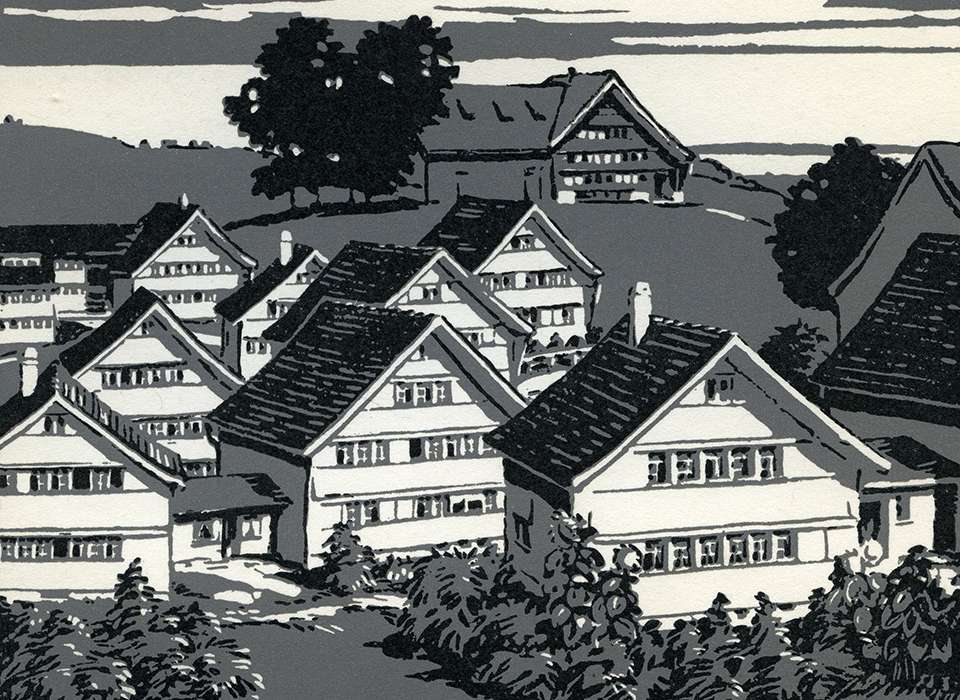
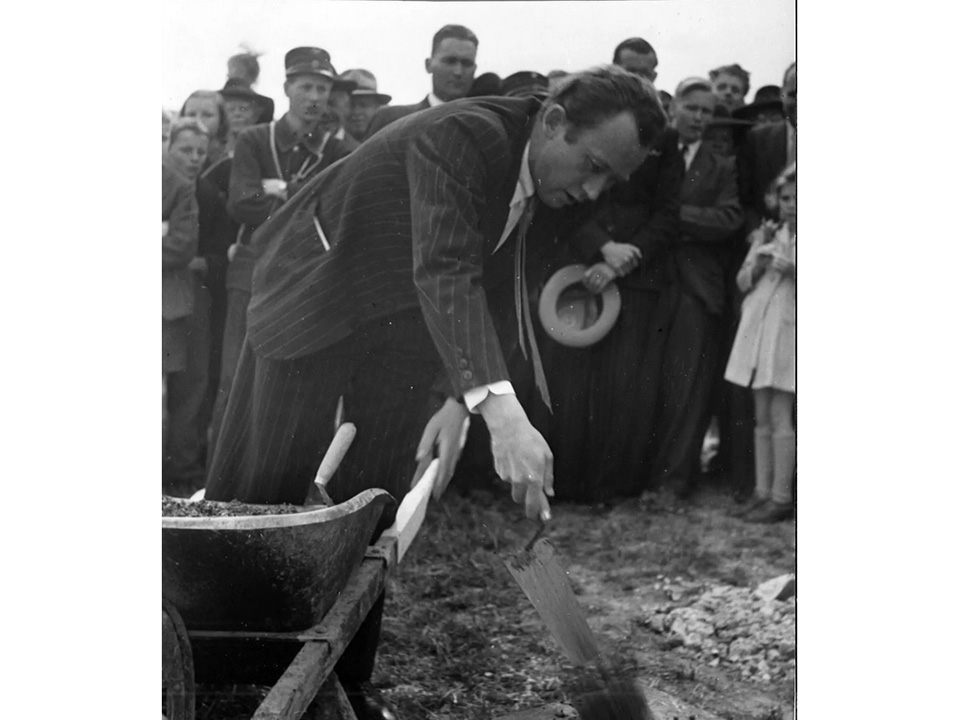
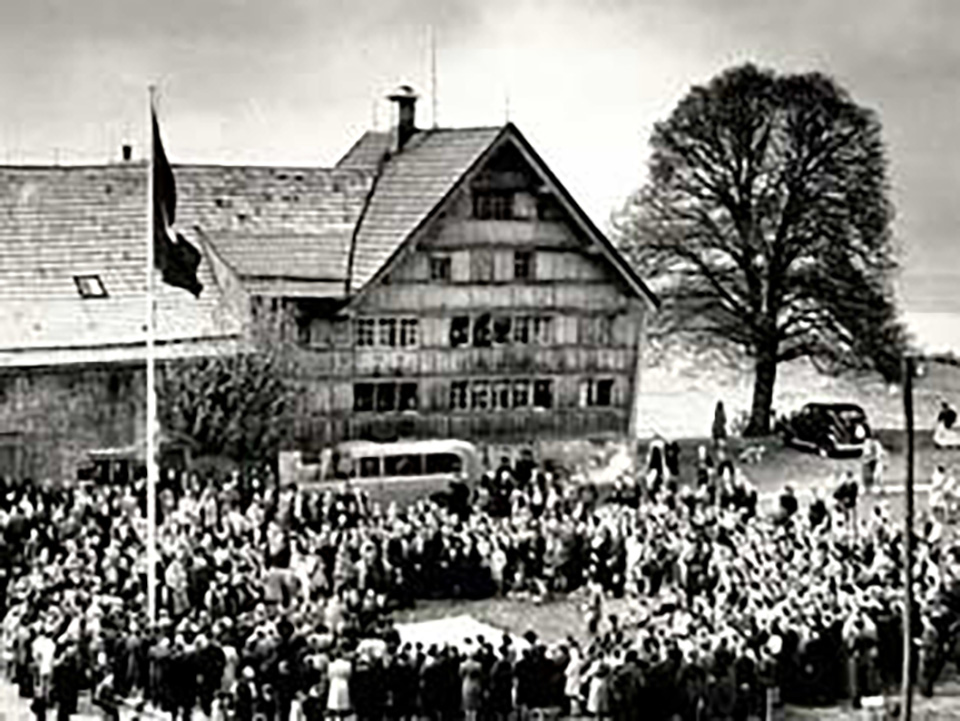
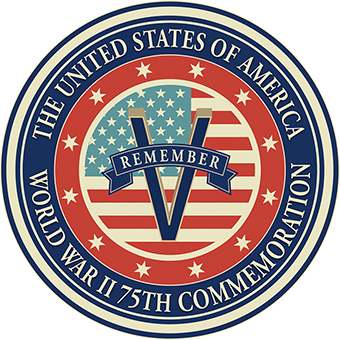
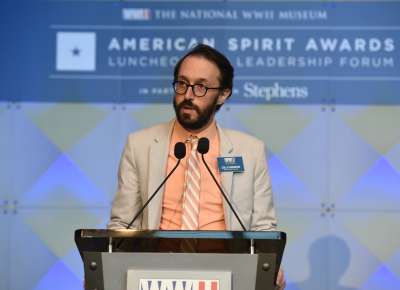

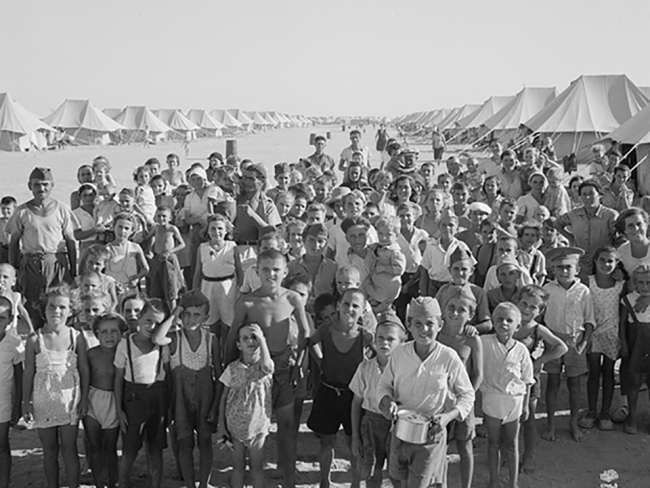
![Max Fuchs, New York City cantor, sings as Rabbi Sydney [sic] Lefkowitz, Richmond, VA, conducts the first Jewish services from Germany.](/sites/default/files/styles/max_650x650/public/2025-10/image1.jpg)






